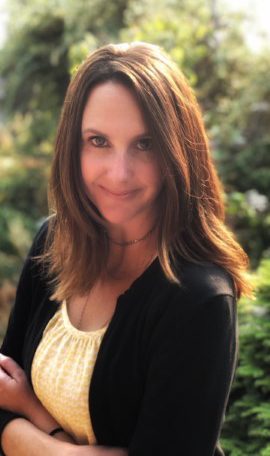
Back in 2015, as Washington state started to feel safe from the aftershocks of the Great Recession, a group of advocates, legislators, and agency leaders came together to discuss what it would take to prevent such widespread economic hardship from ever happening again. Shortly thereafter, Governor Inslee’s Poverty Reduction Work Group (PRWG) was born, tasked with creating a 10-Year Plan to Dismantle Poverty in Washington State.
After the journey we have taken together and the work we’ve put in, we are extremely proud to be releasing the final version of that plan in January.
For more than two years, the PRWG — a 70-member group of state agencies, racial and ethnic commissions, legislators, community organizations and advocates, employers, tribal and urban Indians, philanthropists, and people experiencing poverty — met monthly across the state to discuss why previous attempts to reduce poverty and inequality fell short and how this work would be different.
We held meetings in communities across the state — from Lummi Nation, to Seattle’s Central District, to Moses Lake and Wenatchee, to the Women’s Correctional Facility in Purdy and beyond — bearing witness to the unique experiences of people struggling to make ends meet throughout the state, listening to experts, and learning about community-led solutions.
We also listened deeply to each other’s stories and experiences. We got to know the Steering Committee’s co-chairs families; Drayton’s adorable boys and Juanita’s grandson, celebrating his Governor’s award.

We encouraged each other to look beyond professional titles, power dynamics, and perceived differences to build shared understanding. We mourned the tragic loss and wisdom of our PRWG colleague and community icon, Amina Ahmed. We had long, uncomfortable conversations about white privilege and structural racism, and encouraged each other to speak the truth, even when our voices shook.
And we argued. We vehemently disagreed, we challenged each other’s assumptions and beliefs, and, sometimes, we walked away. In the end, everyone was always welcomed back, and we became much more than a work group — many would come to see each other as cherished colleagues and friends.
We agreed that a plan to dismantle poverty must undo root causes of white privilege, structural racism, historical trauma, and systemic inequality. We agreed that people most affected by poverty must lead the way. We agreed that the pursuit of systemic change should not overshadow the urgency of right now. And, finally, we agreed that we must resist the gravitational pull of the status quo. This plan would need leaders in every sector, system, and jurisdiction to commit to action.
A draft of the 10-Year Plan to Dismantle Poverty was initially shared with the public in February 2020, just before COVID-19 and the current economic downturn commenced. We have spent the last 10 months hosting public webinars, engaging with groups and communities disproportionately affected by poverty, and refining the strategies and recommendations to make the plan the best it can possibly be to meet the moment and build a just and equitable future for all Washingtonians.
We look forward to sharing the most comprehensive plan to reduce poverty and inequality in state history this coming January. While we are thrilled with what’s been done so far, the plan is a living document, and will evolve over time. We hope you’ll sign up for the release of a Blueprint for a Just & Equitable Future: The 10-Year Plan to Dismantle Poverty in Washington State. You won’t just be seeing our work, but becoming part of a statewide movement to create a future in which all Washingtonians have their foundational needs met, and the opportunities they need to reach their full potential in life.

Comments (1)
Charlotte Bevens - January 25, 2021
I was born and raised on Welfare. The single most helpful program for myself was the “Economically Disadvantaged Youth Summer Work program”. Forgive me if I got the name wrong. At risk youth was sponsored to work real jobs at age 14.